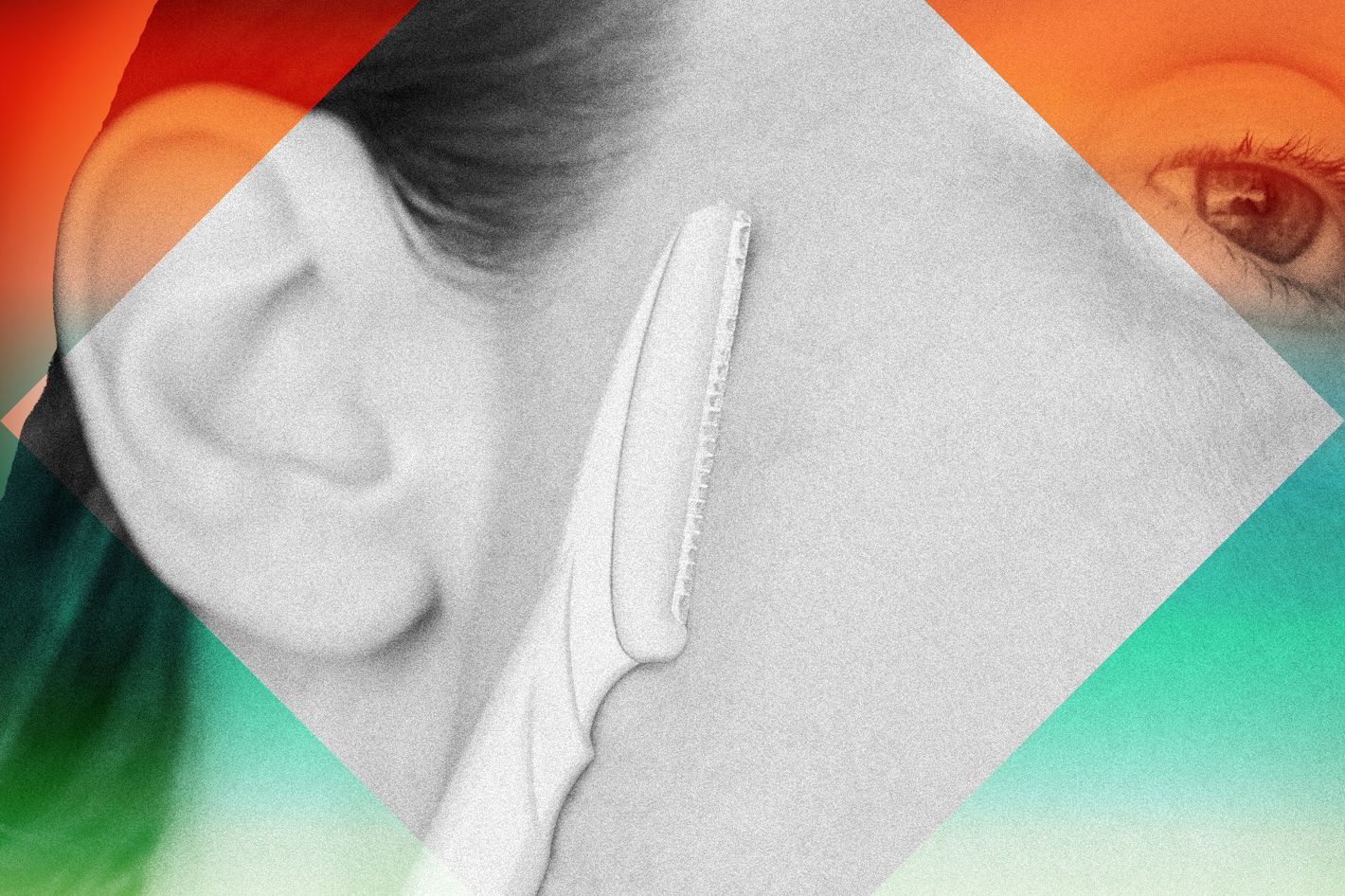I’m 66. Would Dermaplaning Work for Me?
A question from a reader prompts us to fact-check whether you should shave your face or not.

This column first ran in Valerie Monroe’s newsletter, How Not to F*ck Up Your Face, which you can subscribe to on Substack.
Q: I’ve been seeing this intriguing “hair identifier spray for dermaplaning” video. It’s a white substance you spray on your face to make facial hair more noticeable so dermaplaning is easier. Do you think dermaplaning is beneficial for ladies in their 60s? Does it make products absorb better? Also, how do you not cut yourself?
A: Because I’ve seen the video you’re referring to, Dear Reader, I know what a “hair identifier spray” may be. I think if you need a spray to identify your hair, you’re either in possession of very little hair or limited eyesight. This leads me to believe a spray that helps you locate hair is most likely less beneficial to you than it is to a company that markets said spray. According to dermatologist Jessica Weiser, M.D., I’m right.
“Dermaplaning entails using a single straight blade (glorified in a small handle for ease of use) to remove facial hair and to help exfoliate dead skin cells at the skin surface,” she says. “Honestly, it’s not vastly different from shaving with a razor. While a dermaplane uses a single longer blade, a razor uses multiple shorter parallel blades but basically results in the same outcome: a smooth face!”
As the beauty director at O, The Oprah Magazine, I discovered many women shave their faces (often in the shower). This surprised me. What wasn’t surprising was that marketers, seeing an opportunity to do what they do, invented a brilliant alternative available in the privacy of a doctor’s office. They called it dermaplaning, and it became a coveted aesthetic treatment. Such is how much of the beauty industry works: Kidnap (or create) a need, find a different way to fill it, and then charge people for it.
“There are exfoliating benefits of dermaplaning, and makeup can sit more evenly on a hair-free face,” says Weiser. “But unfortunately, there’ve been no notable studies that show skin-care products penetrate more effectively post-dermaplaning.”
“Also, when the hairs are cut mid-shaft (at the thicker point of the hair), there will be a couple of days when it feels like stubble,” she says. As the hairs grow out, they’ll begin to taper at the far end and eventually feel softer again.
“The primary benefit of dermaplaning is smoothness,” says Weiser, “which is desirable for some women. But for others, the idea is less appealing, especially given the stubble phase. I don’t generally encourage dermaplaning as a beneficial or especially effective aesthetic procedure.”
If you happen to have an abundance of down on your face and it bothers you, dermaplaning can be a useful option, especially with a kit you can use at home. Just don’t expect it to do anything more than remove hair and ease makeup application. As for the hair-identifier situation, if you think you need it, you probably don’t need to be dermaplaning.
Originally published on July 6.
